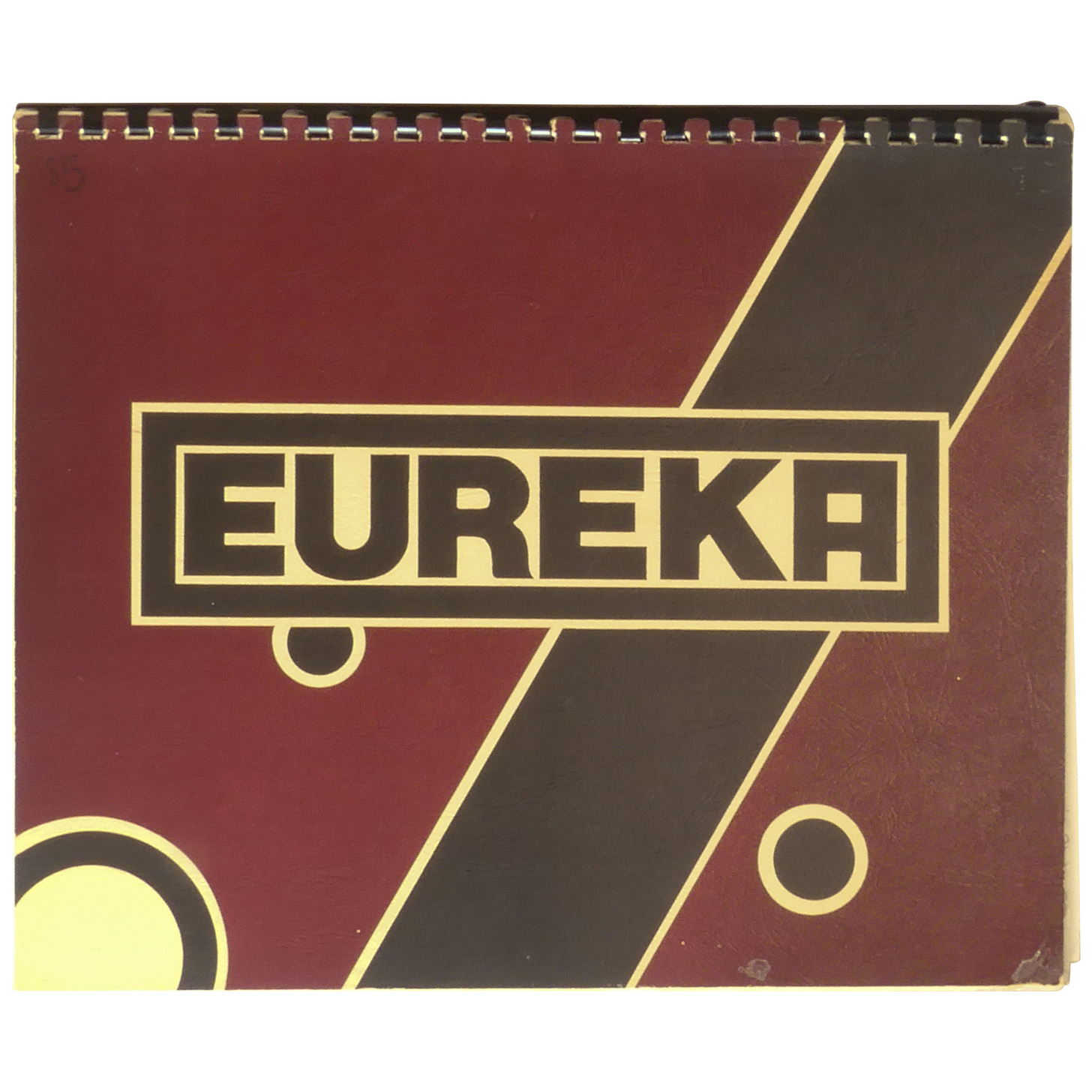How to Turn $2 into $5,000 by Flipping Books
This essay was originally sent using a different online publisher on February 27, 2023
Over the summer, a group of booksellers started talking about how one gets to the place where you have a million dollar book in stock. In my predictably smart-alecky way, I said that it really shouldn’t be that hard. All you have to do is buy a book for $2 and then sell it for $4 and then sell that book for $8, and so on. Your 19th books costs $500,000 and you can sell it for a cool million. Easy peasy. Doubling your money is such a basic concept in retail that it even has its own name, “keystone pricing.” How hard can it be to sell 19 books?
Kind of hard, actually. I’ve had to use all my bookselling chops.
My bookseller friends and I started a contest based on that idea. We settled on the following
Contest Rules
You have to buy and sell single books (not ephemera or a collection of books).
You have to spend at least 80% of what you sold the previous book for.
You have to price each book for at least double what you paid for it.
And Internet fees don’t count against the sale price.
We agreed to start out with no more than $2, scrounged from change found around the house (e.g., basically nothing) and to see how far we could get in one year. Yours truly is currently in the lead and looking for my next book. Here’s what’s happened so far:
1. The first thing I bought was a limited edition comic book produced for a Comicon convention. It was $2 at the thrift store near my house. I took it to a neighborhood bookstore and sold it for $4.
2. I went back to the thrift store and bought a recent cookbook that I sold on Abebooks for $9.50. This took about three weeks, which was longer than I anticipated.
3. It proved difficult to find an $8 to $9 book that I could sell quickly for twice as much. It’s too expensive for the thrift store and very tedious to search open shops for books in that exact price range. I ended up looking at all the signed books on eBay priced between $8 and $9.50. I found a minor second-wave feminist book with a good inscription for $9.49, including shipping.
I posted that book to the ABAA’s private dealer-only list serve and sold it for $60 + shipping. I got three orders for it, so I should have priced it higher. But one thing about this contest is you can’t afford to sit on books. You have to flip them and move on.
4. My next book for the contest was a Beatnik slang dictionary. A local bookscout found it in my free box on his previous visit. I bought it back from him for $50 (he went from nothing to $50 in one step—it took me four to get to $50; good thing he’s not in the contest).
The slang dictionary went to a semi-retired dealer’s personal collection for $100.
5. Here I got lucky. I found a book about the internment of Japanese Americans during the Second World War for just under $100. I had offered a copy for sale in a previous list and had multiple orders for it. I quoted it to one of the unsuccessful customers and sold it—for $2,000.
It took me two months to spend $2,000 on a book. Under the rules, I had to spend between $1600 and $2000, and I needed a book I could confidently flip quickly for double. Finally, after Thanksgiving, the perfect book came my way via a connection in Humboldt County, California, where I lived and ran a bookstore for a dozen years.
A friend of a friend telephoned and offered to sell me Martin Wong’s Eureka. I had sold two other copies in the last 10 years, and I thought I had a library customer for it. While I was on the phone negotiating the deal, I checked the library’s catalog. Sure enough, they still didn’t have a copy. The seller texted me some pictures and asked $2500. I told him that I absolutely could not pay more than $2000, he relented, and I sent him the money by PayPal.
Then I realized I had just sent a lot of money to a complete stranger who had called me up out of the blue. Memo to self: Don’t do that again.
After a few tense days of asking myself how I could be so stupid, the book arrived and I immediately quoted it to the institution I had in mind, anticipating the opportunity to gloat over my bookselling competition (who were still in two and three digit books).
Sorry, the librarian said. They had just acquired a copy, although it wasn’t catalogued yet. Oy vey. My backup institution passed, too. I quoted it a third time. No dice. So I uploaded the book to my website and hoped for the best, and to my amazement, it sold earlier this month for $4800.
Final Update
At the end of the 12 month time period, I had won the contest with that $4800 sale. Near the end of the year, I took the $4,800 and put it into collections of book and manuscript leaves issued in the 1920s by the Foliophiles (example). I didn’t sell it before the contest ended, but dear reader, I am proud to say that I sold the Foliophile portfolios a month later to a local institution.
Invoice Total: $6,725.
Not bad in 13 months, starting with just eight quarters and a trip to my local thrift store.



damn! It's easier to turn a paper clip into a house!
Looking forward to the next, what, ten books?
Sorry you gave up. This was quite interesting.